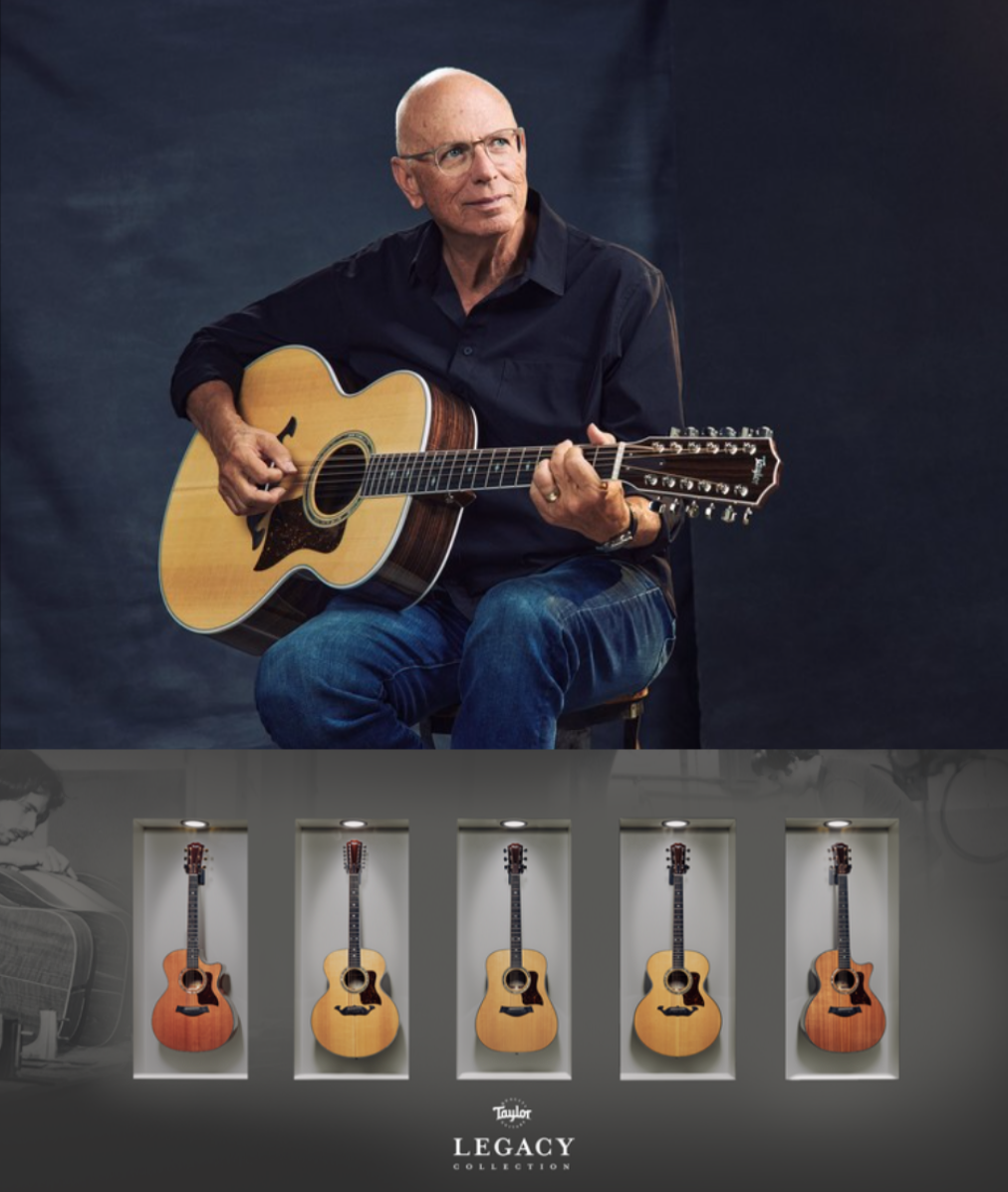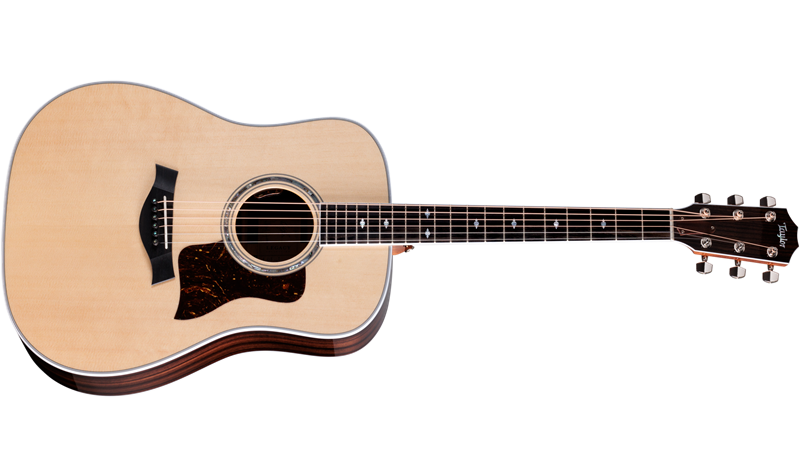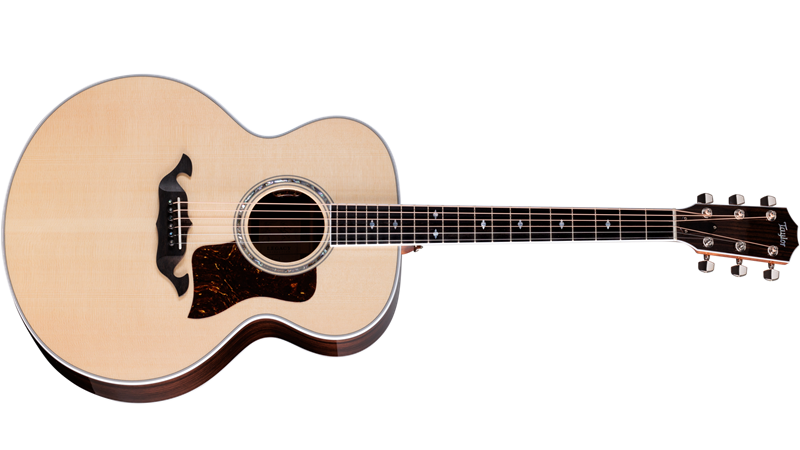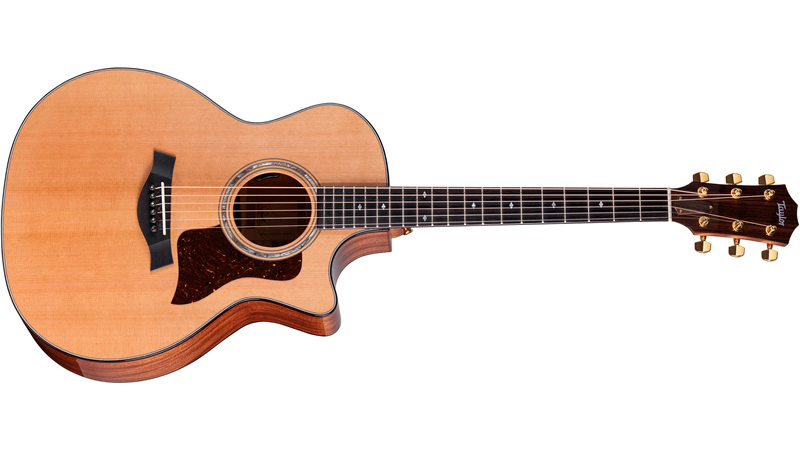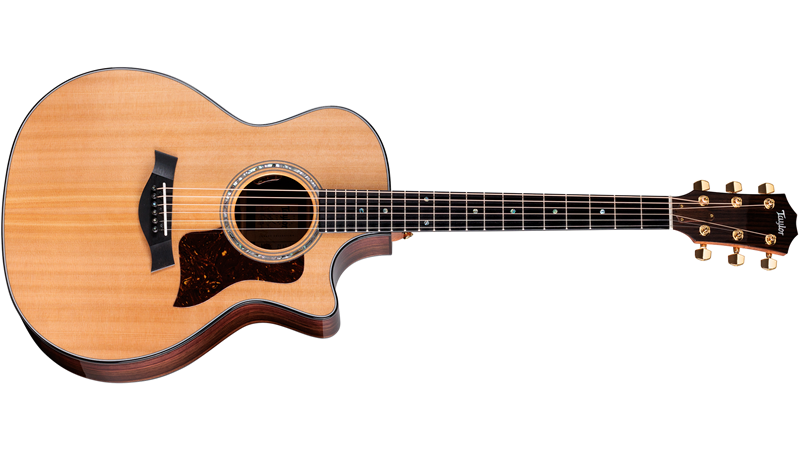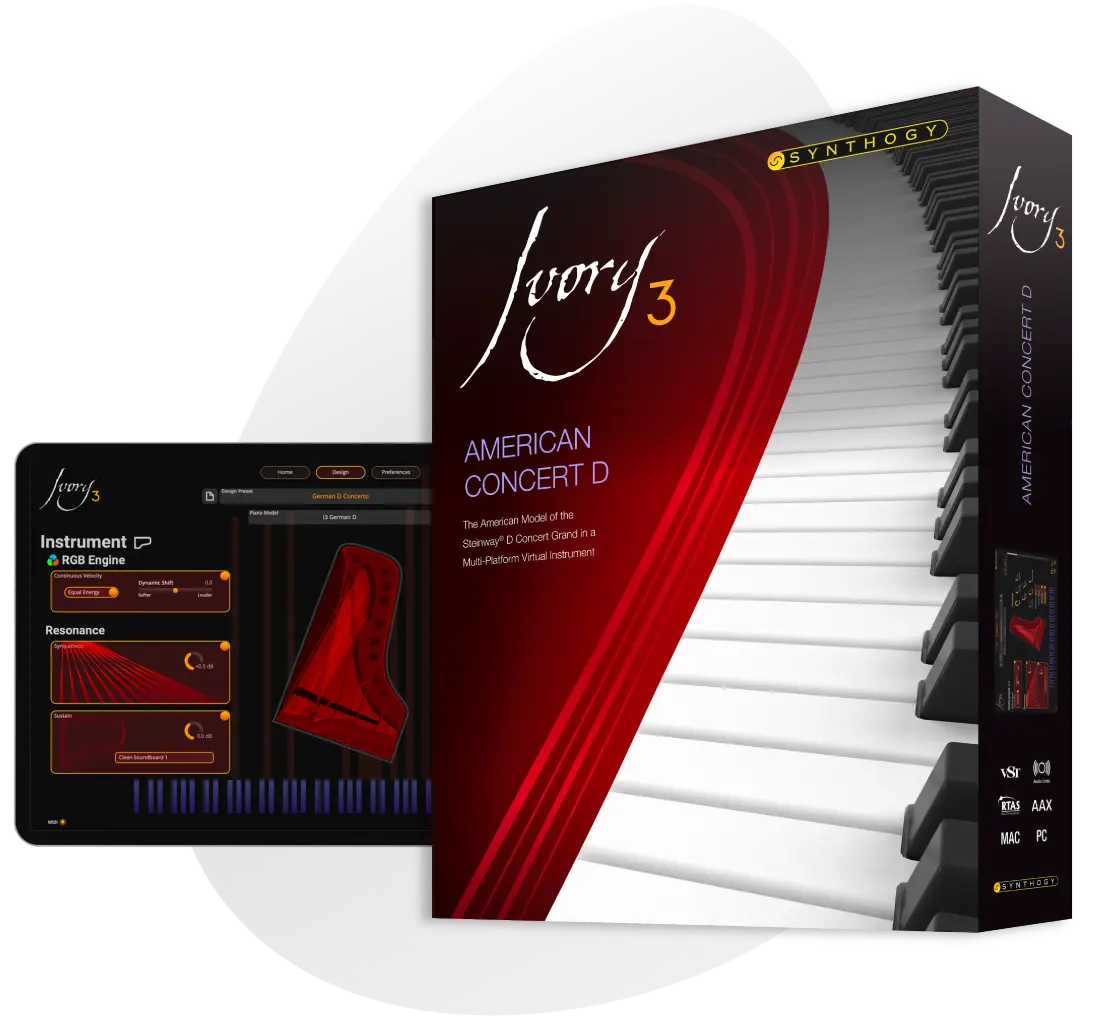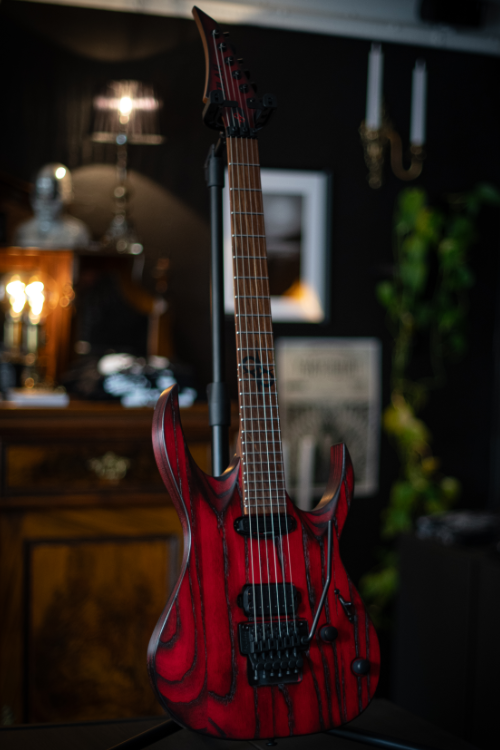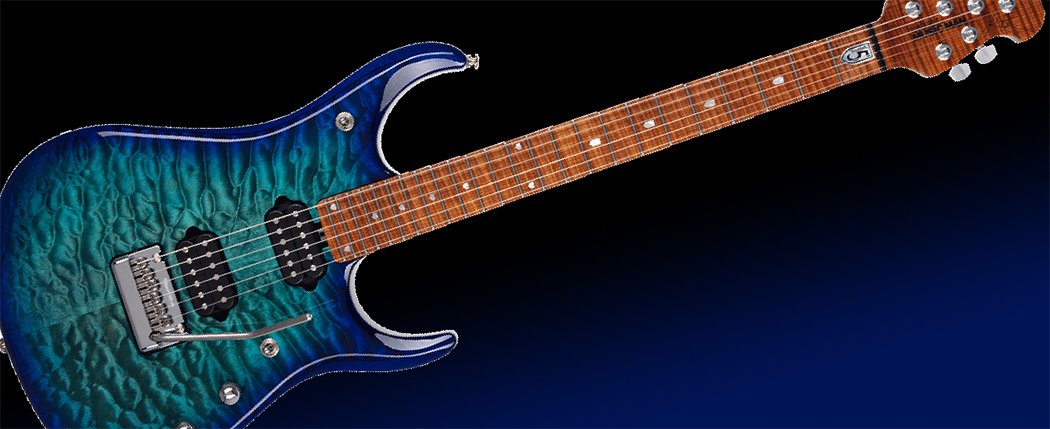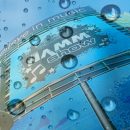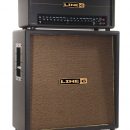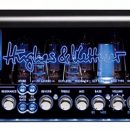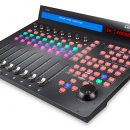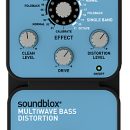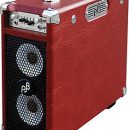 Taylor's year-long 50th anniversary celebration culminates with the launch of a special family of instruments that revisit Bob Taylor's original 800 Series and Grand Auditorium body style
Taylor's year-long 50th anniversary celebration culminates with the launch of a special family of instruments that revisit Bob Taylor's original 800 Series and Grand Auditorium body style
EL CAJON, Calif., Oct. 15, 2024 -- Fifty years to the day after it first opened its doors for business on October 15, 1974, Taylor Guitars today announced the release of its new Legacy Collection, leading with five guitar models that commemorate some of the company's classic designs from years past. The collection features three models inspired by Taylor's original rosewood/spruce 800 Series: the Dreadnought Legacy 810e, 6-string Jumbo Legacy 815e and 12-string Jumbo Legacy 855e; and two models that honor Bob Taylor's iconic Grand Auditorium body style: the mahogany/cedar Legacy 514ce and rosewood/cedar Legacy 714ce. In a fitting tribute, the Legacy Collection makes its debut on October 15, Taylor's actual 50th anniversary.
The Legacy Collection closes out what has been a robust year-long rollout of limited-edition 50th Anniversary guitars spanning nearly the entirety of the Taylor line, ranging from the GS Mini to its Presentation Series. What sets the Legacy Collection apart is that, as the name suggests, these guitars reimagine classic/historical Taylor designs that helped establish and define the company in its earlier years.
Bob Taylor himself oversaw the development of the collection, which stands out for its reflective focus. In the past, Bob would typically use milestone anniversaries as an opportunity to introduce a new and innovative design that signaled Taylor's path forward, such as his Grand Auditorium body (20th anniversary) or his patented neck joint design (25th anniversary). But for the 50th, Bob embraced a more reflective design approach with the Legacy guitars.
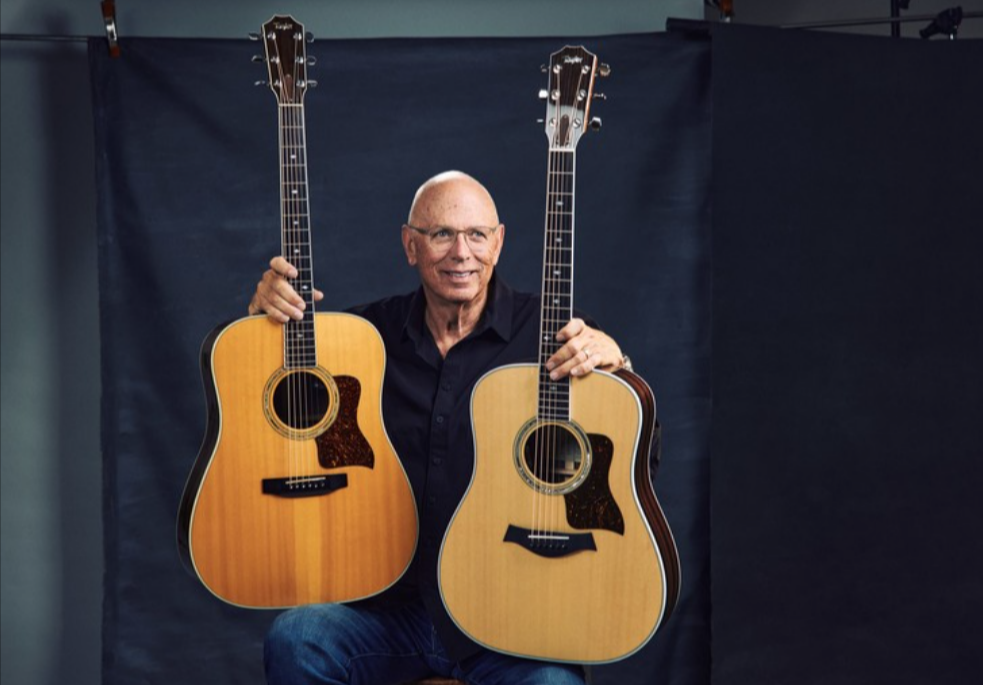 "In earlier decades, I felt like our guitar designs weren't fully realized, that we needed to keep pushing them forward—which, by the way, Andy Powers continues to do for us here," Bob says. "But at 50, I feel like we're also entitled to look back. And there are a lot of folks out there who remember and love these earlier guitars, so we thought it would be great to re-introduce some of them."
"In earlier decades, I felt like our guitar designs weren't fully realized, that we needed to keep pushing them forward—which, by the way, Andy Powers continues to do for us here," Bob says. "But at 50, I feel like we're also entitled to look back. And there are a lot of folks out there who remember and love these earlier guitars, so we thought it would be great to re-introduce some of them."
Bob's approach in designing the Legacy guitars was not to build pure reissues of the originals from one specific year, but to adopt a more nuanced, curated mindset, resulting in a slightly more composite re-interpretation. The Legacy models do preserve the fundamental qualities of the original builds, incorporating classic design elements such as Taylor's X-bracing architecture and many of the same aesthetic appointments from their era, but with updated features where appropriate, including a version of Bob's patented neck design (originally introduced as the NT neck in 1999).
The Legacy 800 Series (Models: Legacy 810e, Legacy 815e, 12-string Legacy 855e)
Taylor's Indian rosewood/Sitka spruce 800 Series was the first series that company co-founder Bob Taylor developed in the mid-'70s. All three Indian rosewood/Sitka spruce guitars feature subtly updated versions of the Dreadnought (810) and Jumbo (815, 855) body shapes Bob originally inherited from Sam Radding, owner of the American Dream shop that he and co-founding partner Kurt Listug purchased together in 1974. Beyond X-bracing and a modern Taylor neck, notable details for all three guitars include:
- Body and peghead shape: The body is slightly newer than Bob's earliest versions but still older. The peghead is an earlier "straight-ear" shape with a rosewood veneer.
- Bridge style: The Dreadnought 810e has Taylor's recognizable modern shape; the two Jumbos feature Taylor's vintage mustache-style bridge.
- Appointments: The cosmetic details recall those of the early 800 Series models, with a clean, classic aesthetic Bob loves: white plastic binding, three-ring green abalone rosette, non-engraved mother-of-pearl Large Diamond fretboard inlays, ebony bridge pins with green abalone dots, gloss-finish body and neck, faux tortoiseshell pickguard and Taylor nickel tuning machines.
- Onboard electronics: The LR Baggs Element VTC (volume, tone, compression) features an undersaddle pickup and all-discrete, Class A preamp that includes a soundhole-mounted volume and tone control.
The Legacy Grand Auditorium Guitars (Models: 514ce and 714ce)
Bob's Grand Auditorium body style established Taylor's distinctive design sensibility both in its refined curves and musical voice. It became the company's most popular body style, offering players extraordinary utility and versatility, producing a clear, balanced acoustic sound that was useful for recording and performance, and featuring a cutaway and onboard electronics, which would become Taylor hallmarks. The Legacy 514ce and 714ce reintroduce two Grand Auditorium models that showcase classic tonewoods—mahogany and Indian rosewood—each paired with tops of Western Red cedar, a popular soundboard wood for fingerstylists and light to medium strummers in the '90s and 2000s due to its warmth and pleasing touch sensitivity. Notable appointments for each model include:
- Legacy 514ce*: Faux tortoiseshell binding (body and fretboard) with black and white top purfling, mother-of-pearl small diamond fretboard inlays
- Legacy 714ce*: Black plastic binding with black and white pinstripes on the top, side and back, and green abalone dot fretboard inlays
- Both models: Green abalone three-ring rosette, ebony bridge pins with green abalone dots, gloss-finish body and satin-finish neck, faux tortoiseshell pickguard, Taylor gold tuning machines, and LR Baggs Element VTC electronics with soundhole-mounted volume and tone controls.
All Legacy Collection models feature a specially designed "Legacy" label inside the guitar. The labels for the first 100 of each model are hand-signed by Taylor co-founders Bob Taylor and Kurt Listug.
For more information about the Legacy Collection, please visit taylorguitars.com.

